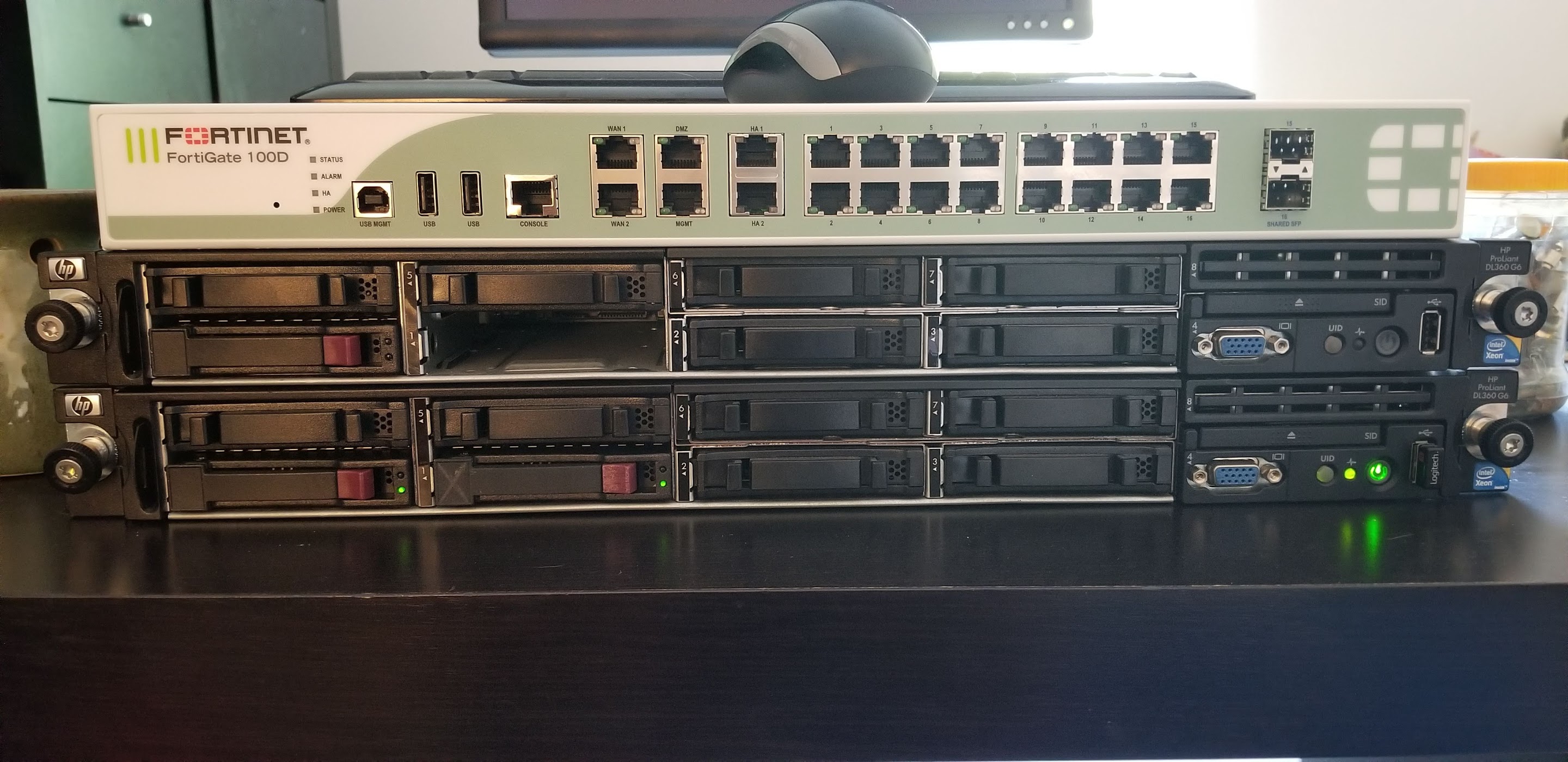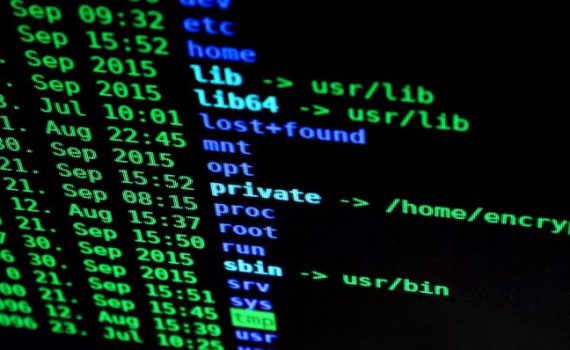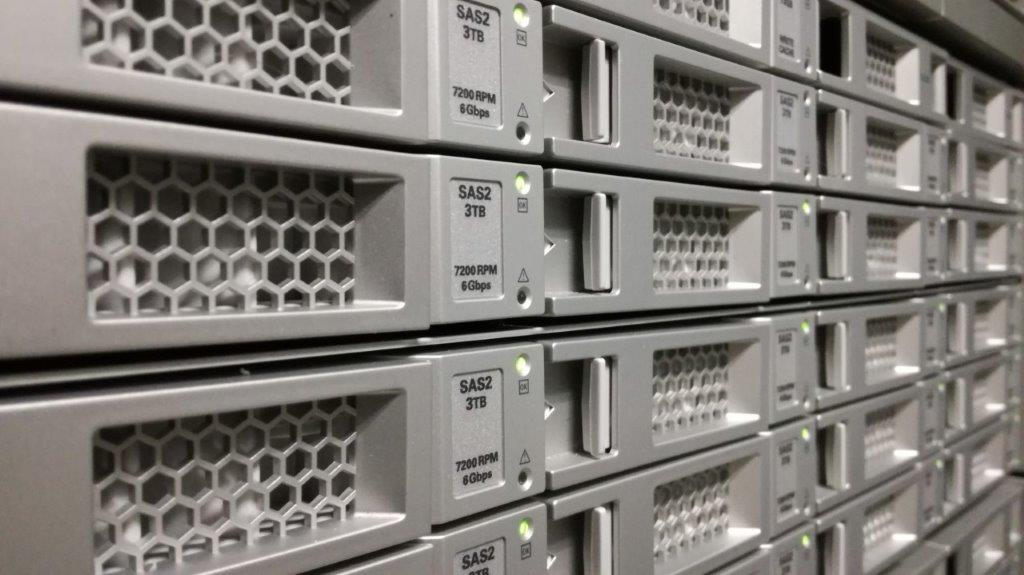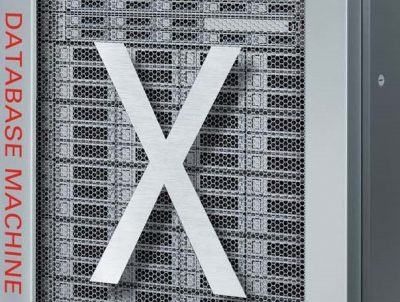To skip to the How To, Click here for the details. I’ve just started my journey with Juju and have quickly built a number of deployments on various models. As I started to churn out the application landscapes I realized that it would be great to link functionality from one model […]
Sean Shuping
In this post, I look at capturing network packets at the Hypervisor layer instead of inside the Virtual machines or at the network layer. I found myself in this situation when I was asked to troubleshoot an issue where I didn’t have access to the VM nor the network device. […]
There’s a massive trend right now to containerise application deployments. It makes sense to do so because there’s no real reason to run every application on it’s own dedicated server. Instead, putting it inside it’s own little box makes it highly portable and a pleasure to deal with… sort of. […]
In our quest to work smarter not harder, I was tasked with setting up a central repository for our scripts, play books and API code. Being part of greater team accelerates our learning because the knowledge gained is done so in a constructive, human and conversational manner. This is far […]
Over the last few weeks I’ve been messing around with MAAS and JuJu and I’ve come to the conclusion that these two pieces of software are the perfect solution to achieving the ever so elusive “Hybrid Cloud Model” I started out testing MAAS because I’m a bit of a hardware […]
I’m very grateful for the fact that I recently got to put together a functional lab that enables me to build, and test projects and make them available on the public internet if I so wish. In July 2018 I jokingly said to my boss I wanted to buy two […]
One of the most annoying things about dealing with Solaris zones deployed using OEDA is that all VM’s get deployed into a single LUN. What this means is even though your database hosts may be “isolated” from each other, they all depend on one top level ZFS dataset for their […]
Recently I encrypted all my home folders on my Linux machines hosted in public clouds. See article Sysadmins Behaving Badly part 1. One thing that I wasn’t anticipating was the fact that when the user is logged out, sshd can’t read the authorized key file which sits inside the home […]
This may seem like a useless post, but I’ve always wondered about the banner ssh shows when connecting to a new server. How do you actually know that you’re connecting to the correct server. Usually when ssh’ing to a host you see a banner like this one : test@creamsoda:~$ ssh […]
When working with Solaris zones, it’s inevitable that you will need to pass some kind of additional storage into the zone from the Global zone. One of my favourite ways to do this is to delegate a ZFS dataset to the zone. The benefit here is that you can run […]
Recently I had to add an additional interface to a VM cluster post deployment. For the most part it’s pretty well documented but can get confusing depending on the configuration. Unfortunately mistakes were made however a lot was learnt. The Exadata in question was an X6-2 Quarter rack, with 2x […]
When I first started writing this post I was thinking about the dangers of generating and using ssh keys for authentication on shared platforms. If you’re like me and enjoy the convenience of using private and public key pairs for ssh authentication, you’ve probably heard it a million times that […]










